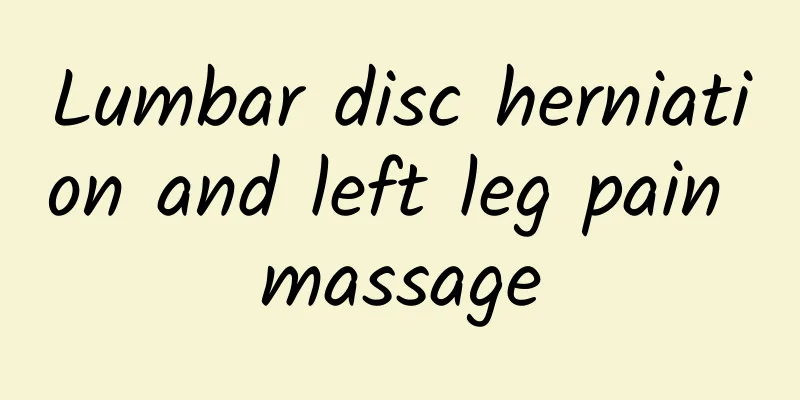How to treat heel spurs

|
Heel spurs may sound like a minor problem, but they can actually be extremely painful. For many people, every step they take may be accompanied by a tingling sensation. Heel spurs are actually a hyperplasia caused by calcium deposits in the plantar fascia due to uneven stress over a long period of time. There are many ways to treat heel spurs, and the key is to find the method that works for you. Relieving pain is an important step in treating bone spurs. You can choose to wear soft-soled shoes, especially those with good arch support, which can reduce the pressure on the plantar fascia and relieve pain. There are also some insoles designed specifically for heel bone spurs on the market that can effectively disperse pressure and relieve symptoms. If the pain is severe, you can use non-steroidal anti-inflammatory drugs, such as ibuprofen, under the guidance of a doctor to reduce inflammation and pain. In addition to medication and footwear adjustments, physical therapy is also a good option. By stretching and massaging the plantar fascia, blood circulation can be improved and inflammation can be reduced. Simple stretching exercises, such as hooking a towel around the toes and pulling them toward the body, or rolling a tennis ball on the sole of the foot, can effectively relieve discomfort. Ice compresses are also a simple and effective way to relieve pain. Applying ice for 10 to 15 minutes each time can help reduce inflammation. If conservative treatments don't work, your doctor may recommend injections. Corticosteroid injections can quickly relieve inflammation and pain, but they should not be used frequently to avoid side effects. In rare cases, surgery may be a last resort, but it carries greater risks and a longer recovery period, so it's usually only considered when other methods have failed. In daily life, it is equally important to prevent the occurrence of heel spurs. Maintaining a healthy weight can reduce the pressure on the foot, and avoiding long periods of standing or walking can also help reduce the burden on the plantar fascia. Regular foot exercises to maintain the flexibility of the plantar fascia are effective measures to prevent bone spurs. Although heel spurs are not a serious disease, they should not be taken lightly. With proper treatment and daily care, the symptoms can be effectively relieved, allowing us to enjoy the joy of walking easily again. I hope these methods can help you live a healthy life! |
<<: How are kidney stones formed?
>>: How to treat bone spurs on the soles of feet
Recommend
Clinical manifestations of breast cysts
Breast cysts usually present as painless breast l...
How to treat hydronephrosis in women?
Women with hydronephrosis need personalized treat...
Are breast cysts and breast tumors the same?
Breast cysts and breast tumors are not the same, ...
2-Hydroxyglutaric aciduria
2-Hydroxyglutaric aciduria is an inherited metabo...
How long does anal fistula surgery take?
The surgery time for anal fistula is usually 30 m...
Can I eat seafood if I have immune breast abscess?
Patients with immune breast abscess are advised t...
How much does cervical spondylosis surgery cost?
The cost of a cervical spondylosis surgery is abo...
How to cure breast hyperplasia
How can I cure breast hyperplasia? The most promi...
Do I need surgery for a bone spur on my finger?
Whether bone spurs on fingers require surgery dep...
Anal relaxation and fecal leakage after perianal abscess surgery
Anal relaxation and fecal leakage after perianal ...
Will hydrocephalus get better after surgery?
After surgical treatment of hydrocephalus obstruc...
What causes swelling in a fractured ankle?
Swelling after an ankle fracture is caused by loc...
Are Bone Spurs in the Knee Serious?
Bone spurs in the knee are a common joint degener...
Is chronic proctitis painful?
The degree of pain from chronic proctitis varies ...
What are the symptoms of gallstones?
Symptoms of gallstones usually include upper abdo...









